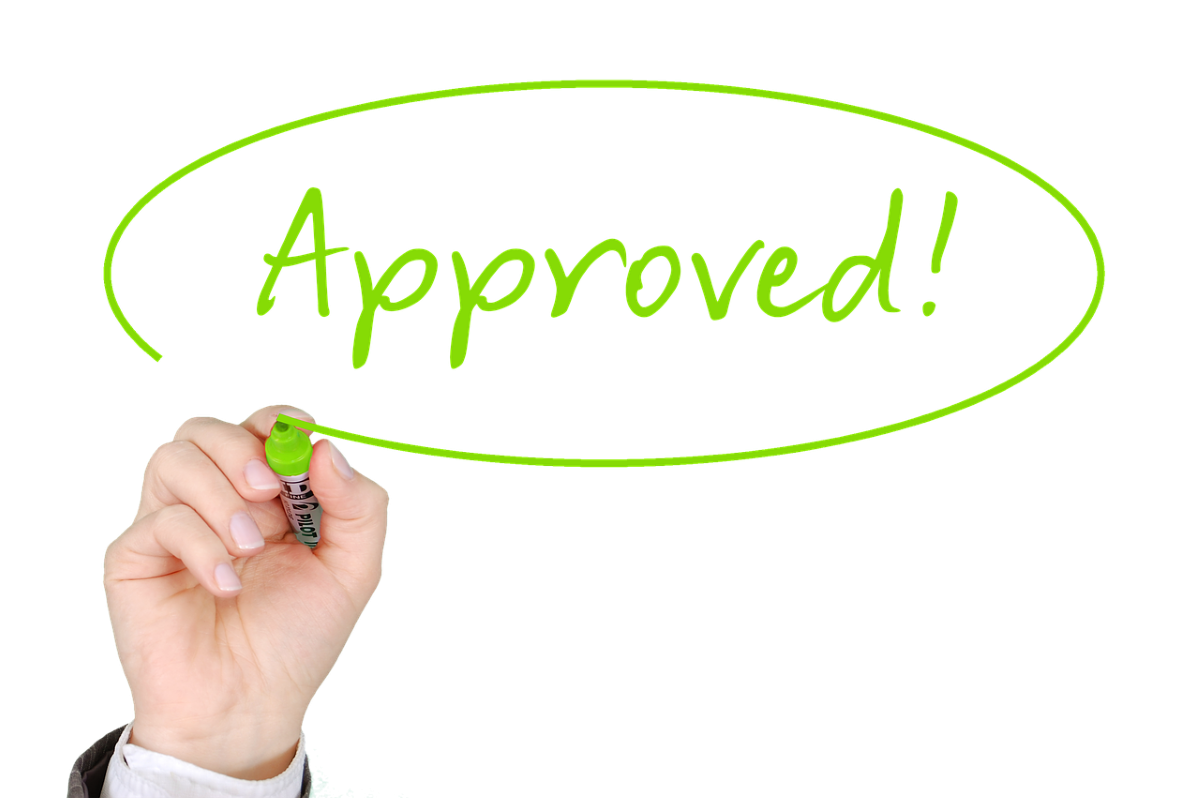
The Step-by-Step Guide to Registering Your Business in Canada
Starting a business in Canada can be a challenging but rewarding process. From choosing a business structure to registering with the government, there are various steps that need to be taken. Whether you're an entrepreneur looking to start your own business or a foreign company looking to expand its operations, this guide will provide you with all the necessary information to help you register your business in Canada.
Choosing a Business Structure
The first step in registering your business in Canada is choosing a business structure. There are several structures to choose from, including:
- Sole proprietorship: This is the simplest form of business structure in Canada. It's a one-person business where the owner is responsible for all aspects of the business.
- Partnership: In a partnership, two or more people share ownership of the business. Partnerships can be general, limited or limited liability partnerships.
- Corporation: A corporation is a separate legal entity from its owners. It can issue shares and raise capital from investors.
Each structure has its own advantages and disadvantages. You should consult with a lawyer or an accountant to help you decide which one is right for your business.
Naming Your Business
Once you've chosen a business structure, the next step is to name your business. You'll need to make sure that your business name is unique and not already taken. You can search the Canadian Trademarks Database to see if the name you want is available. If it's available, you can register it as a trademark.
Obtaining Business Licenses and Permits
Depending on what type of business you're starting, you may need to obtain certain licenses and/or permits. This can include things like a business license from your local government, a permit to sell food, or a license to operate certain types of machinery.
You can find out what licenses and permits you need by contacting your local government office or by visiting the BizPal website. BizPal is an online service that allows you to quickly and easily find out what permits and licenses you need to start your business.
Registering Your Business with the Government of Canada
The next step is to register your business with the government of Canada. You'll need to register with the Canada Revenue Agency (CRA) for tax purposes and with the provincial or territorial government where you'll be doing business.
To register with the CRA, you'll need to apply for a business number (BN) and set up accounts for your payroll, GST/HST, and corporate income tax. You can apply for your BN online through the CRA website.
To register with your provincial or territorial government, you'll need to follow the registration requirements specific to your jurisdiction. This may include submitting articles of incorporation or partnership agreements.
Hiring Employees and Managing Payroll
If you're planning on hiring employees, you'll need to register with the Employment Standards Branch in your province or territory. You'll also need to obtain a payroll account number from the CRA to manage your payroll and remit deductions.
Make sure you have your office checklist ready before you start hiring employees. This includes things like setting up a payroll system, creating an employee handbook, and obtaining the necessary licenses and permits.
Launching Your Business
Once you've completed all the necessary steps, you're ready to launch your business! This can be an exciting and nerve-wracking time, but with the right preparation and planning, you can set yourself up for success.
Make sure to promote your business on social media and local newspapers to attract customers. You can also consider attending networking events and joining industry associations to help market your business.
In conclusion, registering your business in Canada can be a complex process. However, by following these steps, you can ensure that you're doing everything right and setting yourself up for success. Remember to choose the right business structure, register with the government, obtain the necessary licenses and permits, and launch your business with confidence. Have your office checklist ready and take your time to ensure that you don't miss anything important. Good luck!










